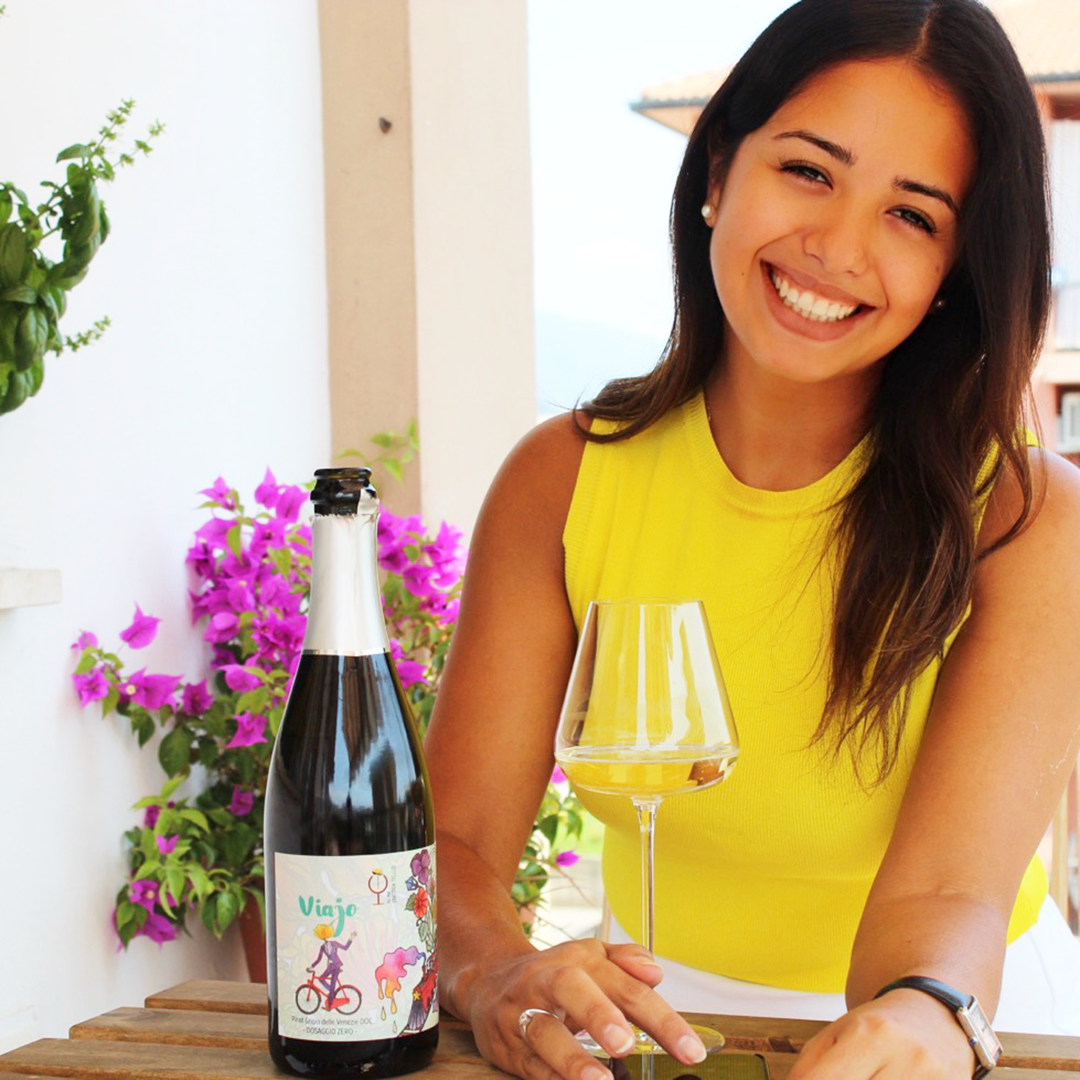
Amarone della Valpolicella: the charms of beautiful Veneto
Amarone della Valpolicella is produced in the Veneto region in Italy: is the one that produces the most wine, famous for its gastronomic and wine riches and enchanting beauty with movie scenes.
Visiting a vineyard in this region allows you to immerse yourself in the culture and meet new tastes (and what a delight)
Most people who would like to know valpolicella wine feel confused where exactly to find it. Since it is not given the same name as the territory, and only the wine.
Valpolicella is produced in the province of Verona, is among the other famous wines like Bardolino and Soave – (fatality city names and their names wines).
The city of Verona

City portrayed from Shakespeare’s tragic novel, it is a representation of beauty and inspiration.
Here we visit Arena de Verona, Casa de Julieta, Piazza Bra, Piazza delle Erbe, contoured by its Adige river.
The wine advantage is precisely in its relief and temperature: positioned near Lake Garda, which offers temperature mitigation role and hills that favor the ventilation of the vineyards.
Click here to know the Lugana wine near Lake Garda
Indigenous grapes

Amarone and all Valpolicella DOC wines (also Recioto) are made with the same blend of native vines.
They grow only in Valpolicella and are the result of the selection of the most suitable varieties for this territory in over 2,000 years of wine production.
Know more about italian black grapes here.
The main Amarone grapes are Corvina, Corvinone and Rondinella. The Corvina and Corvinone together should be present in percentages between 45% and 95%, the Rondinella between 5% and 30%.
Star Amarone Wine was born
A majestic wine that is characterized by its innovative appassimento process.
Amarone della Valpolicella is produced from the process called appassimento, the drying of grapes (appassimento in Italian) is a very common method in Italy for the production of sweet wines, called passitos.
The first wine made from this process since it is produced in Verona, is called Recioto.
The method to produce this Recioto is one of the oldest in Italy, so much so that even the Emperor Augustus liked it!
They say that it was because of a mistake of one of the canteen workers who had forgotten to reposition a barrel of Recioto with the others.
When he finds this barrel again, after a long time, he tries the wine and discovers that the bitter tannins that composed this wine were soft and velvety, and so he nicknamed it AMARONE!
So it is concluded that Recioto is a relative of Amarone, right?
Amarone has strong fruity aromas, especially in the first 10 years. The characteristic notes are cherry, black cherry, blackcurrant, blackberry, plum many times in the form of dried fruits, in alcohol or in jam.
This wine is adored and venerated, so much so that it even has a recipe for this wine – the very Risoto all’Amarone!
The drying of grapes – Appassimento
After the harvest, the grapes are placed in wooden boxes, opened, and bunches separated during the next three months. Controlled, ventilated and protected to avoid humidity and mold concentration.

The choice of the wrong bunches can affect not only the quality of the wine, but also the production itself.
Amarone grapes at the end of the drying period look like raisins because the water is reduced by 30-40% and the sugars are concentrated.
The little brother Valpolicella Ripasso
After having understood how the amarone process works, it is easy to understand how the Valpolicella Ripasso – considered here in Italy with the term “Superiore” – is made:
The grape skins used for the drying of Amarone are reused for the wine process of the Valpolicella, giving body and bigger structure to the Valpolicella Classico.
Due to the higher concentration of sugars and body to the wine, the alcoholic percentage will be higher – that’s why the term Superiore.
Not to be confused: it is not considered as a wine of “inferior” quality to Amarone or “superior” – we can characterize it as a wine that is produced differently from its brothers.
I hope you had a good notion of the territory and its wines, for simply curiosity or any question, write to me!



